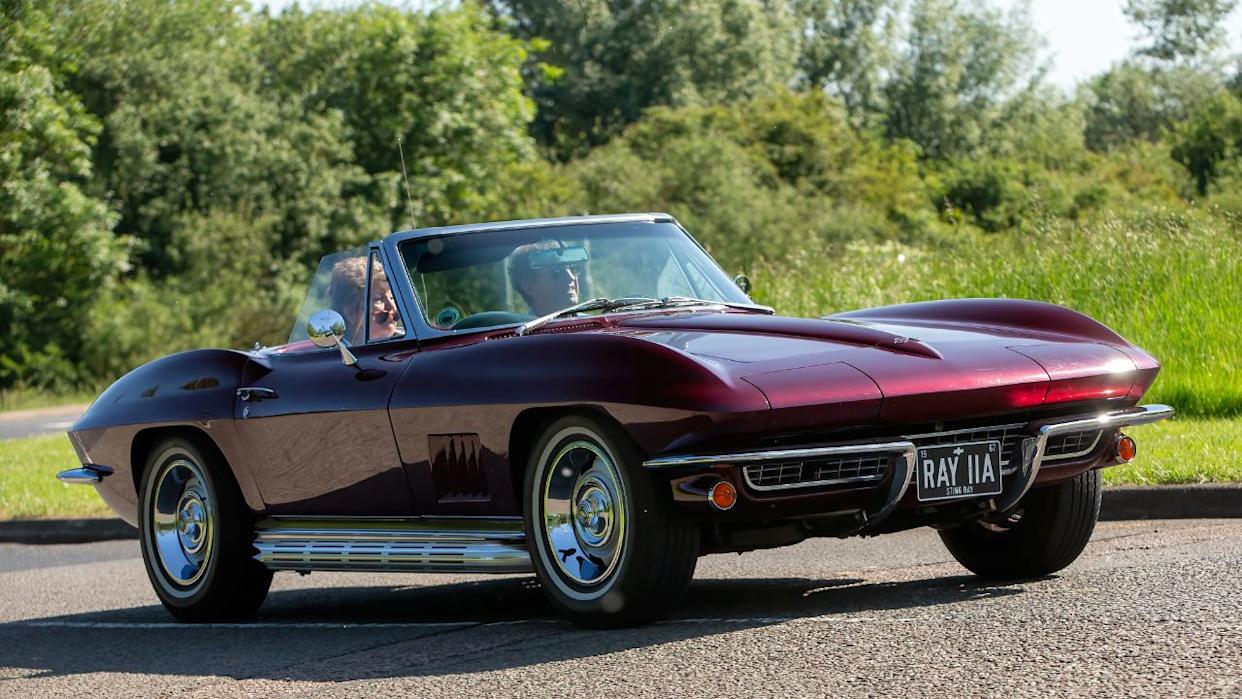
Some questions find their way into every garage, driveway, and car show conversation. The topic of the Corvette's true automotive identity sparks strong opinions, polished chrome debates, and enough armchair analysis to fill a stadium. Every generation adds more fuel to the fire, making the Corvette's identity even more confusing. Is it a muscle car? A sports car? Something in between?
No matter what it is, the Corvette shows up with fiberglass skin, a deep V8 rumble, and that unmistakable badge. Drivers lean back in bucket seats and feel like kings of the asphalt, even if the "asphalt" is a church parking lot on a Sunday morning. The sound alone speaks the language of American muscle, while the curves and handling write love letters to the world of sports cars.
Readers, car buffs, and Sunday polishers alike know that the Corvette carries weight in any parking lot. The debate isn't just about cylinders or styling; it's about what the car means.
How This Corvette Debate Was Tuned Up
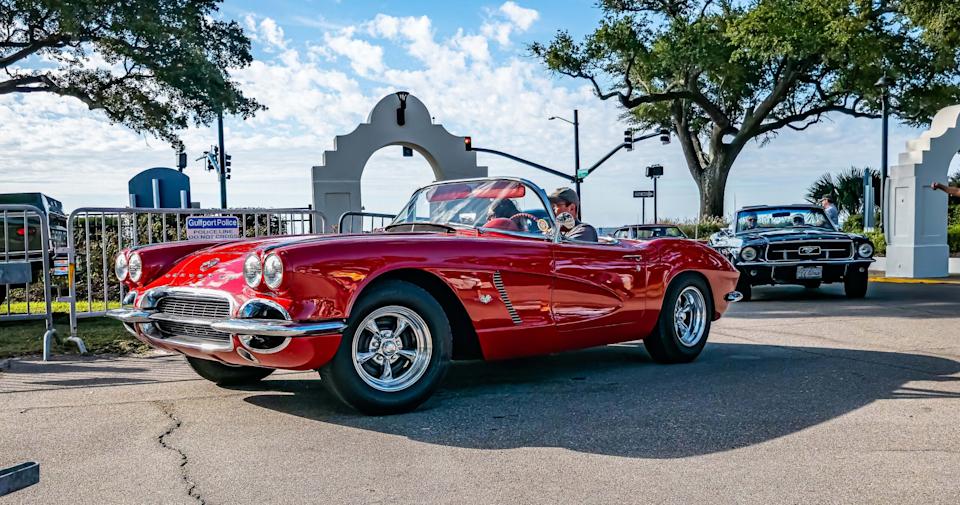
We wrote this article for all American muscle car enthusiasts who constantly debate whether cars from certain years are disqualified from the "muscle car" category or claim that there must be a specific number of seats and horsepower. Purists typically define a muscle car as a high-performance, American-made, two-door coupe or sedan, built during the golden era from 1964 to 1972. These cars usually feature a powerful, upgraded V8 engine and a factory performance package.
However, definitions vary. More relaxed interpretations often include pony cars or even sports cars under the umbrella of muscle cars. For example, some enthusiasts consider the 1949 Oldsmobile 88, with its Rocket V8, to be the first actual muscle car, while others point to the 1964 Pontiac GTO as the official start of the genre. Regardless of where you stand, many modern enthusiasts (ourselves included) argue that today’s Dodge Charger, Ford Mustang, and Chevrolet Camaro continue to embody the muscle car spirit with their aggressive styling and raw performance, even if they are not the right vintage. To us, a muscle car doesn’t need a textbook definition—you know it when you see it, you feel it, and that’s all that matters.
We understand that muscle car enthusiasts are passionate and have strong opinions on what truly defines a muscle car. If you are one of those, you have probably noticed that many less knowledgeable drivers believe that the Corvette is a muscle car. It makes sense when you think about it — the engine, the styling, the origins — but let's be clear: The Corvette is not a muscle car. Not even the old ones.
Still, we want to explore the reasons why some people believe the Corvette is a muscle car and simultaneously try to figure out what exactly it is if it's not one. The following discussion points are based on the general consensus on what a muscle car is — and what it isn't — and how the Corvette drives that fine line.
Big V8 Power Under Its Hood
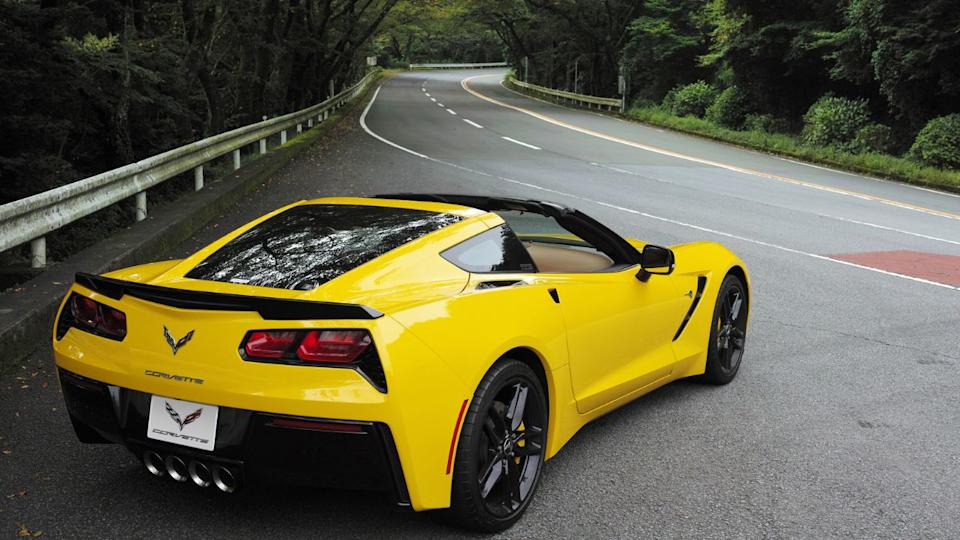
The Corvette has been packing serious heat since the 1950s. While the original was a little soft with its anemic inline-six "Blue Flame," the brand quickly realized that American performance begins with displacement. The roar of a small-block 327, the monstrous thump of a 454, or the modern scream of an LT2 engine, all produce a sound that belongs on American asphalt. We're talking about horsepower that doesn't just get you down the road; it tries to tear a hole in the fabric of space-time.
Muscle car enthusiasts live for that instant, unfiltered pull, the kind that makes your stomach drop and your face light up like a Christmas tree. That deep, guttural exhaust thunder isn't just noise; it's a declaration of war on traffic and a love letter to straight-line speed.
The Corvette, from its earliest days, understood this fundamental truth: the bigger the V8, the bigger the grin.
It Was Built in America With American Muscle DNA
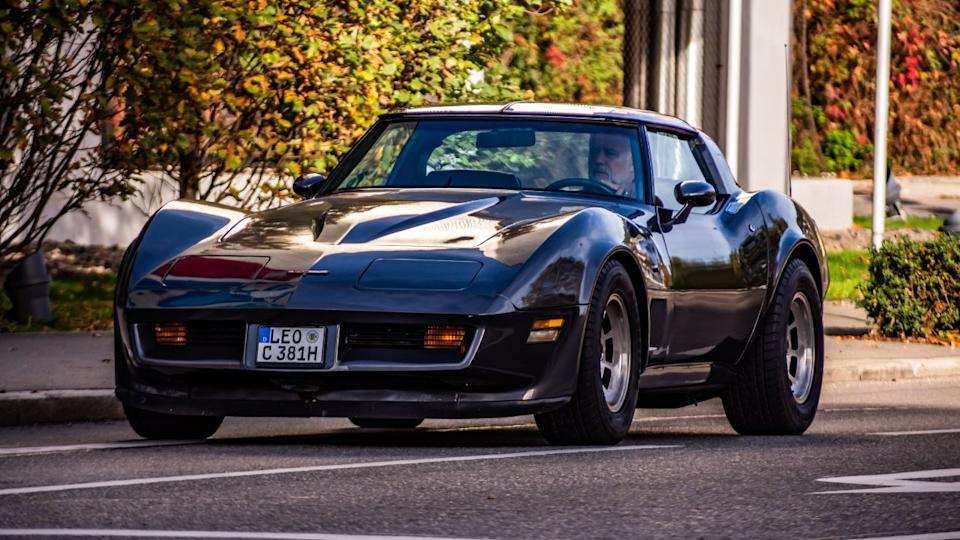
The Corvette is a true child of American engineering and ambition, born from a mix of drag-strip adrenaline and diner coffee. It rolled out of factories with a passion drawn from Detroit dreams. Forget the fancy European heritage; this car's bloodline is pure, high-octane Americana.
Its designers leaned into American design cues, such as long hoods, rear-wheel drive, and an aggressive, predatory stance that made it look fast even when parked. Its visual language speaks the same dialect as other beloved muscle cars.
The spirit of speed and freedom has always been part of its blueprint. Its birthplace, Bowling Green, Kentucky, echoes the tradition of horsepower and high-octane history. While it might look a little more refined than a Plymouth 'Cuda, its soul is just as brutish and unapologetically American.
It Owned the Streets Like Any Muscle Legend
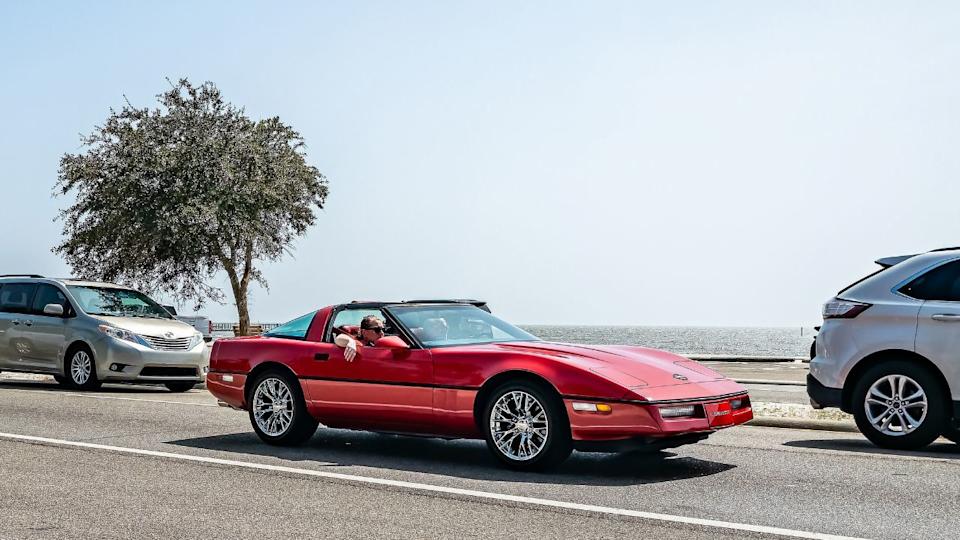
From the first Stingray emblem to today's Z-series icons, the Corvette has commanded presence, a kind of swagger that can't be taught. Drivers pulled up to red lights with a certainty in their throttle that said, "I'm not here to make friends, I'm here to win." Its acceleration turned casual commutes into a drag race, and its exhaust note was a challenge to anyone who dared to look its way.
Enthusiasts lined up to race them at the strip or on backroads, and respect from rivals came without hesitation. The Corvette always carried the attitude of an apex predator among street machines. It wasn't just fast; it was intimidating. It was the car that made you feel like a rulebreaker, even if you were just going to get groceries.
Affordability Was Once a Selling Point
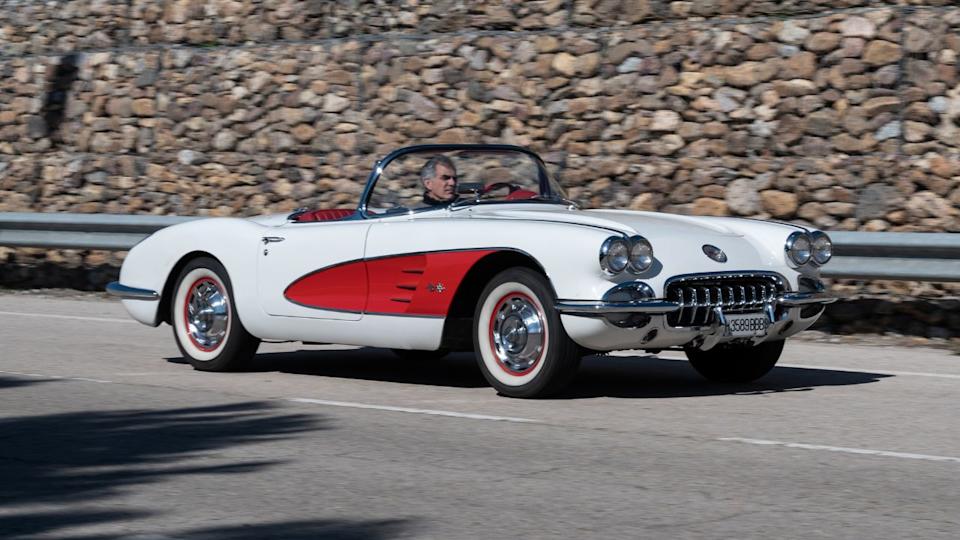
In its early decades, the Corvette appealed to working-class drivers with ambition. People with steady jobs and weekend dreams found it within financial reach. It wasn't out of place at bowling alleys, factory parking lots, or small-town cruise-ins. The car spoke to those who wanted something faster and flashier, yet still attainable. It's a car that worked hard for its iconic status, and it's not afraid to flaunt its muscle.
Buyers found pride in saving up and pulling one into their garage. The dream felt real because the price made it possible. This accessibility is a hallmark of the true muscle car, a high-performance machine for the people. It was a step up from a Camaro or a Mustang, but it wasn't a Bentley.
It Helped Shape America's Obsession With Power
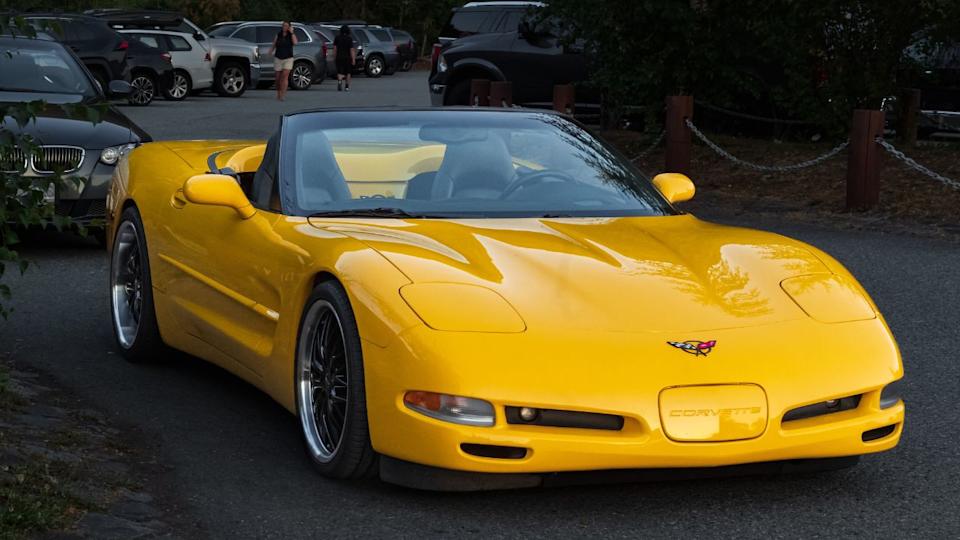
When young drivers thought about speed, the Corvette often came to mind. Posters hung in bedrooms, and magazines told stories of quarter-mile glory. The car inspired other manufacturers to push harder and dream bigger. Its image on TV and in movies fueled fantasies of control and speed.
Many drivers discovered their love for cars by seeing a Corvette for the first time. It carried the flame of American performance with a unique and unmistakable glow. The Corvette's legend, forged in the hearts and minds of a generation, is a legacy of American power.
It Was Designed As a Sports Car From Day One
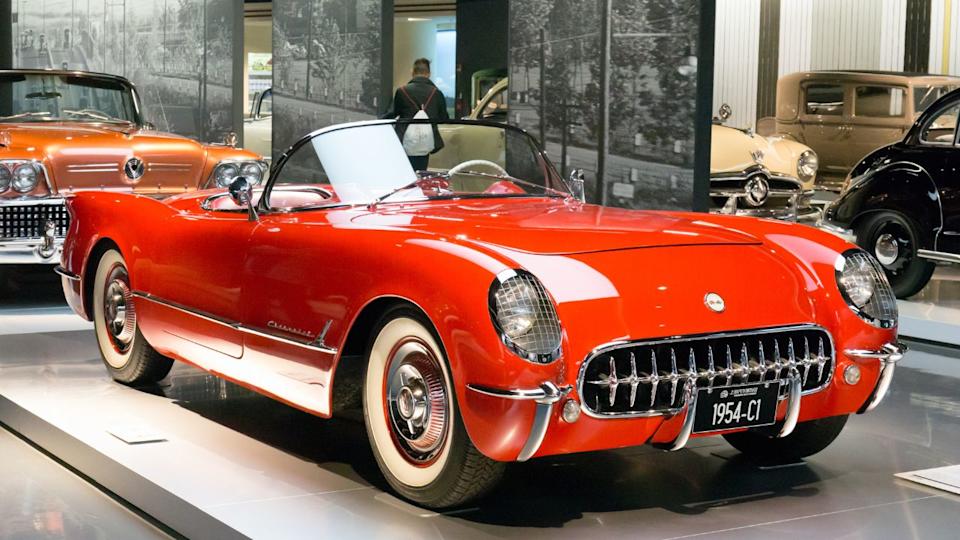
The Corvette's DNA is a lot more European than most people realize. Harley Earl's original concept wasn't about straight-line speed; it was a response to the small, nimble European sports cars that GIs were bringing back after World War II. The original vision was centered on sleekness, lightweight design, and nimble handling. The two-seater layout, fiberglass construction, and emphasis on agility and quick responses all scream "sports car."
The earliest models emphasized cruising and cornering, rather than burning rubber and blowing tires. Drivers entered the cockpit with the mindset of carving roads, not just dominating drag strips. A true muscle car is built for raw power, but the Corvette was built for finesse.
It Never Had a Back Seat or Family Car Roots
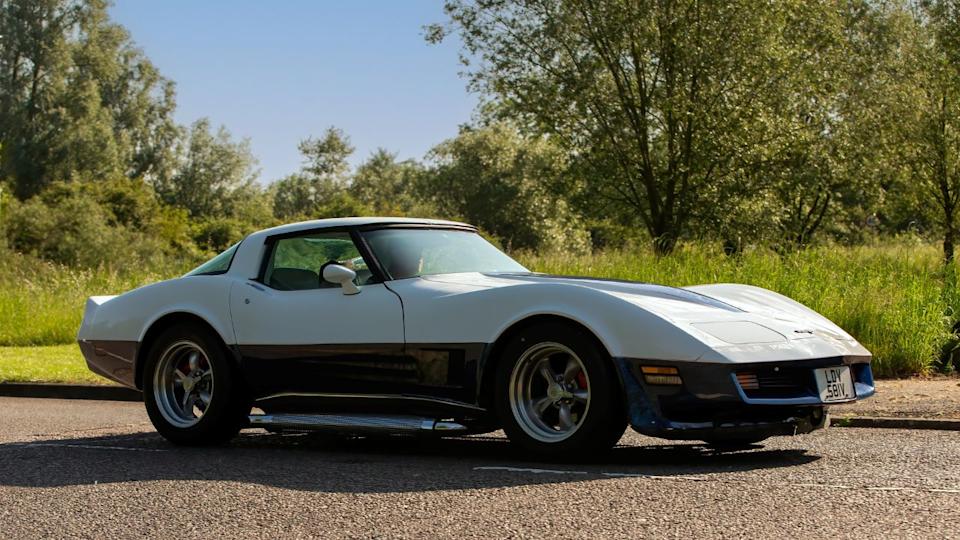
The Corvette never followed the evolution of family coupes turned performance icons. Cars like the Ford Mustang and Dodge Charger started as family-friendly rides before getting a V8 lobotomy. The Corvette's mission began with sport and excitement, rather than daily transportation. Its design always featured a driver-focused interior, short rear decks, and low-slung profiles. You couldn't fit your kids in the back because there wasn't a back.
Generations of Corvettes upheld the tradition of intimate driving spaces. Car seats and grocery bags never shaped its layout. Owners stepped inside with purpose, looking ahead to open pavement, not a parking spot at the local daycare.
The Corvette Flirted With a Mid-Engine Layout Multiple Times
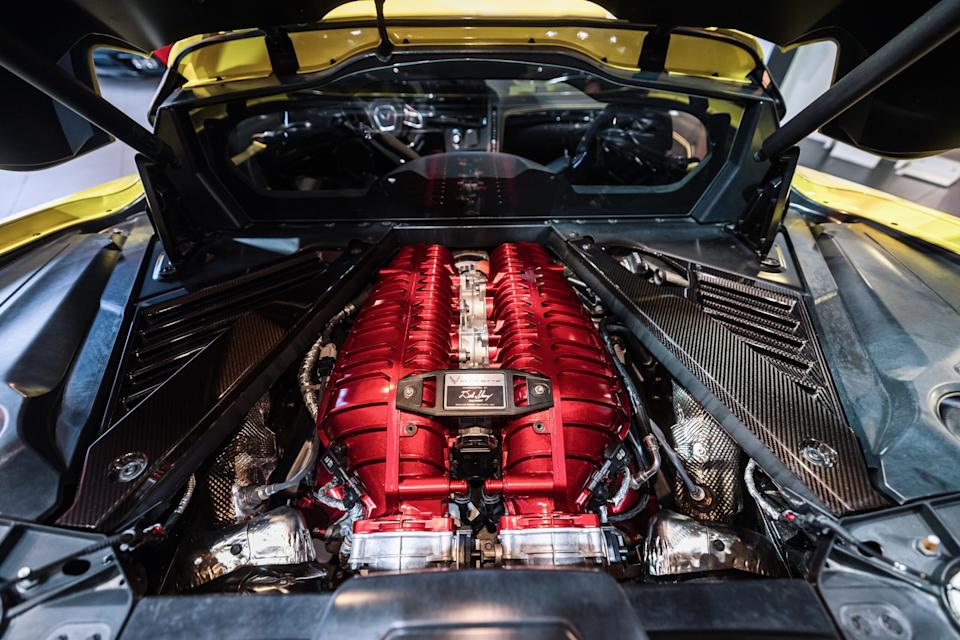
Muscle cars are traditionally front-engine, rear-wheel drive. They're built for brute force, not for cornering prowess. The Corvette, on the other hand, has always flirted with a mid-engine layout, and the C8 finally made it a reality. This isn't new — Corvette's 1960s concept, CERV II, featured a mid-engine design. By the 1970s, the XP-882 concept had appeared at the New York Auto Show, whetting the appetite of car enthusiasts for more. They almost achieved it in 1990 with the CERV III, another concept that was production-ready but never materialized.
This fundamental shift in design is a huge departure from the muscle car tradition. It solidified Corvette's stance as a "sports car." GM wasn't even trying to hide it anymore.
It Prioritized Handling and Balance More Than Brutality
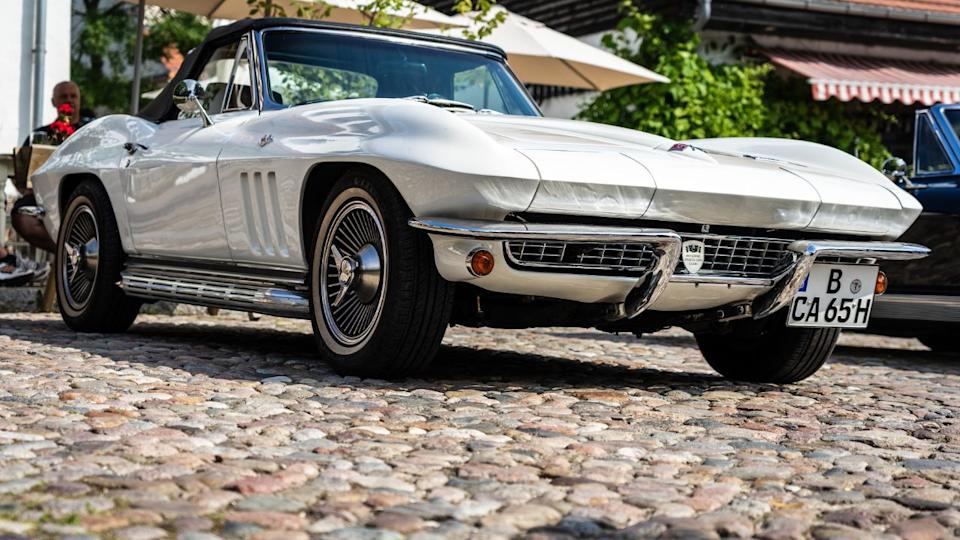
While muscle cars focused on brute force, Corvette engineers placed great care into weight distribution, suspension, and tire dynamics. Hence the mid-engine! The experience was about carving corners and finding apexes, not just winning a quarter-mile race. Steering feel and responsiveness encouraged spirited mountain drives and track days. The driver felt connected to the road, with smooth feedback through turns.
Performance tuning is centered on control, stability, and precision. Each model rewarded careful inputs and smooth techniques. This focus on handling and balance is a fundamental characteristic of a sports car, and it's what truly separates the Corvette from its muscle car brethren. Try chasing a Corvette on a winding canyon in a muscle car, and you'll see. Actually, don't try, we can't recommend that!
It Chased the Europeans While Muscle Cars Fought Each Other
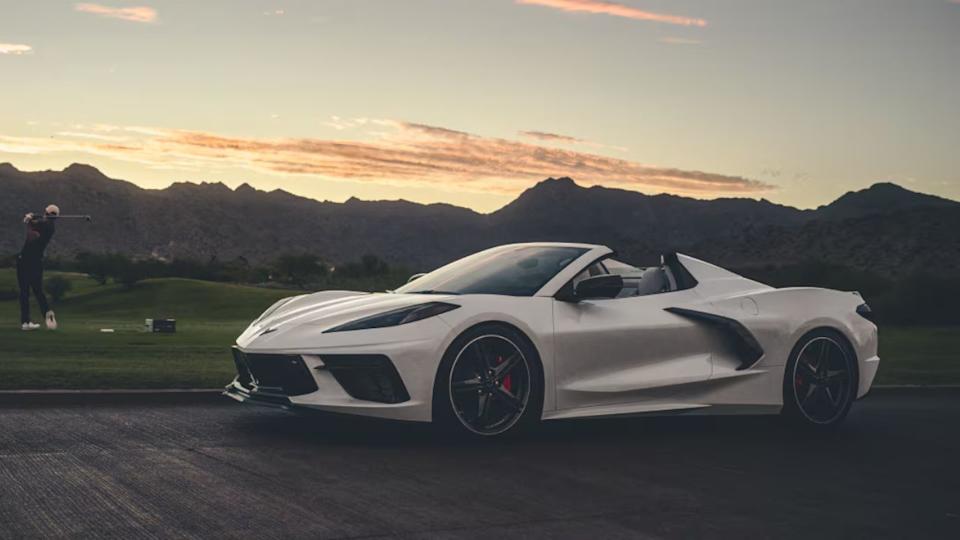
The Corvette's gaze was always fixed on global excellence in performance. Designers studied Jaguars, Ferraris, and Porsches to find benchmarks. Lap times, Nürburgring tests, and racing pedigree all played roles in development. Brand identity leaned into international competition and refinement. The goals often reflected sports car excellence over brute-force drag racing.
The badge became a symbol of American engineering, reaching across oceans.
The Corvette Drives Its Own Legend
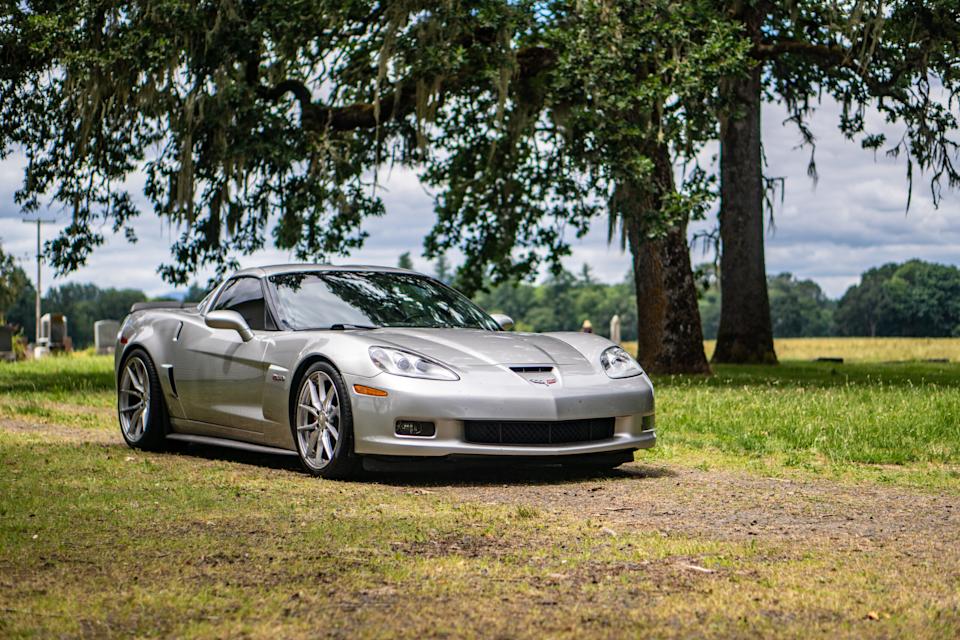
The Corvette holds a unique place in American car history. Every generation carries a story written in horsepower, chrome, and open-road dreams. The long hoods, rumbling exhausts, and sculpted designs have inspired admiration across decades. Car lovers gather around it with cameras, questions, and memories that never seem to fade. Its presence sparks conversation wherever it appears.
Muscle car fans see the engine, the speed, and the thrill of acceleration. Sports car enthusiasts recognize the balance, the curves, and the control through corners. The Corvette brings together elements from both worlds with a spirit all its own. Owners form bonds that stretch from backroads to racetracks, with each mile adding another layer to the legend.
This list is not meant to offer a final judgment. It opens the hood, polishes the facts, and lets readers walk around the car at their own pace. While we gotta side with the muscle car enthusiasts and agree it's not a muscle car, we can see the arguments from both sides.
Whether parked under neon lights or cruising past waving kids on the sidewalk, the Corvette invites appreciation. It rolls on with pride, carrying a legacy made of both roar and grace. It doesn't matter what you call it, it still shines.
Like our content? Follow us for more. Read More:
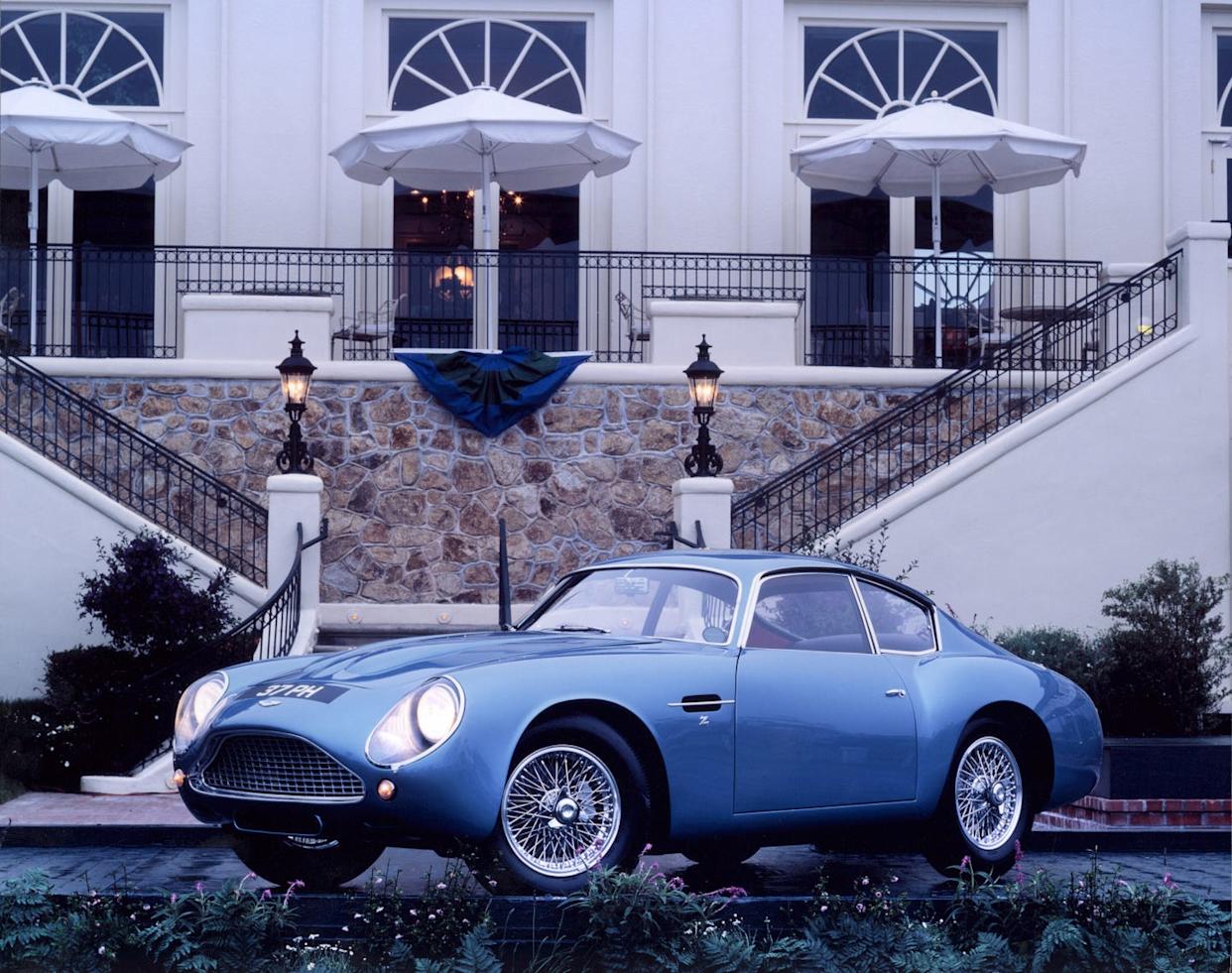
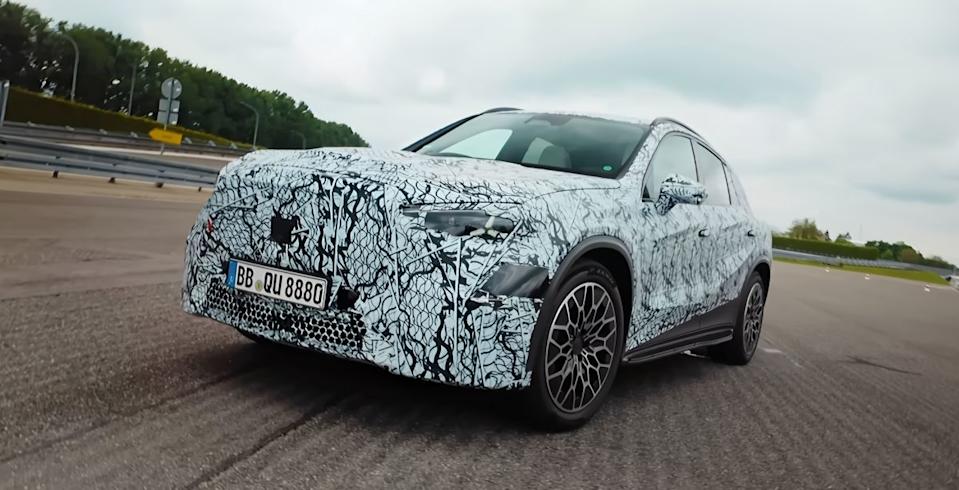


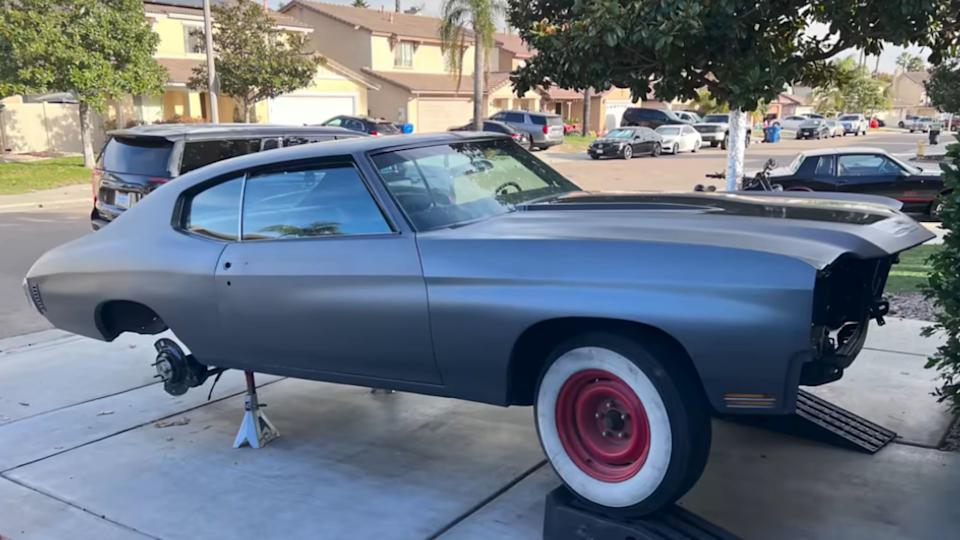

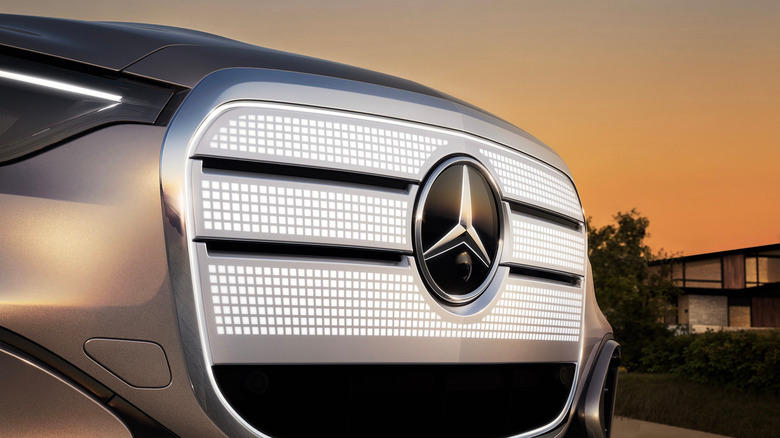

Comments